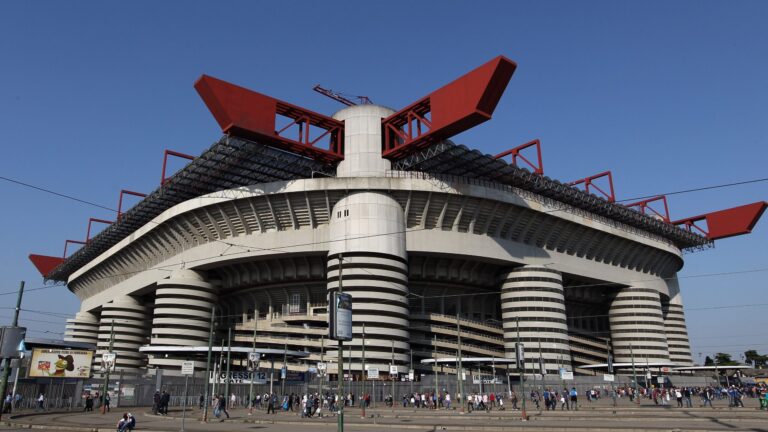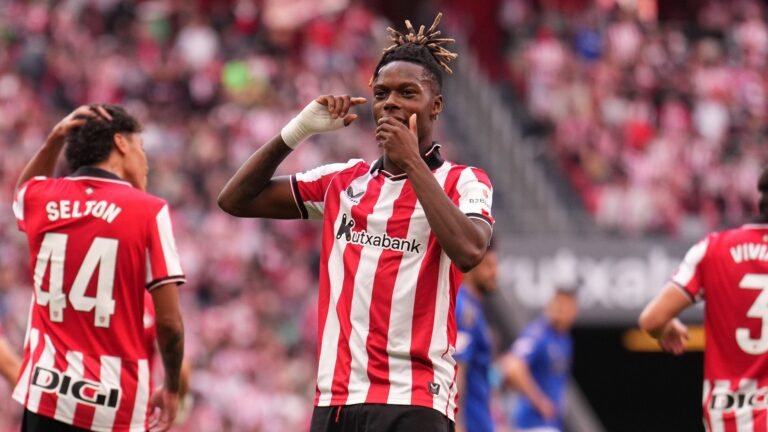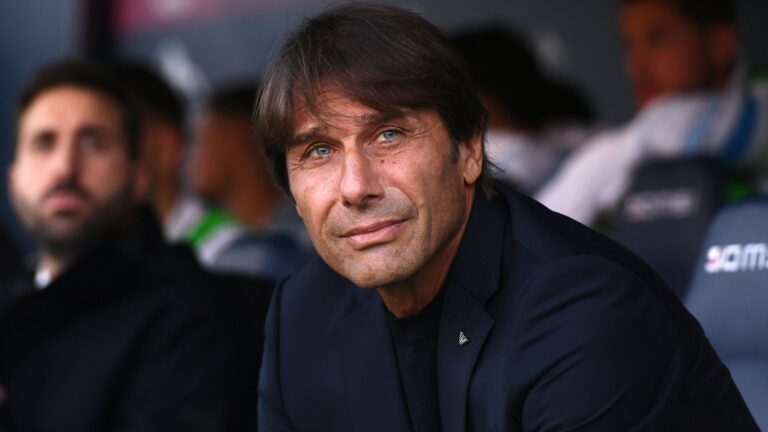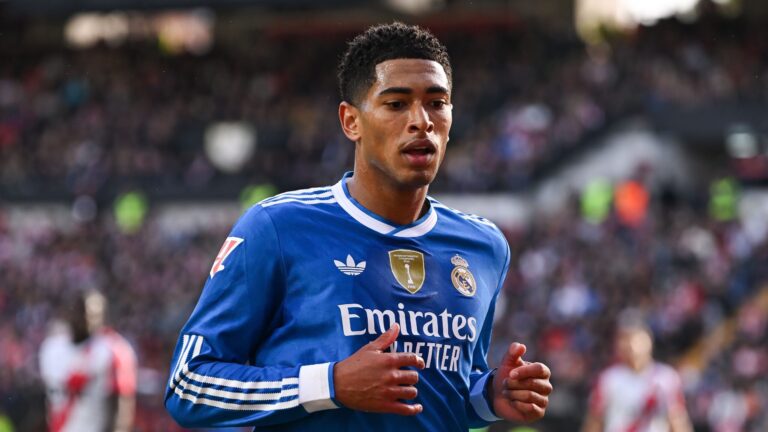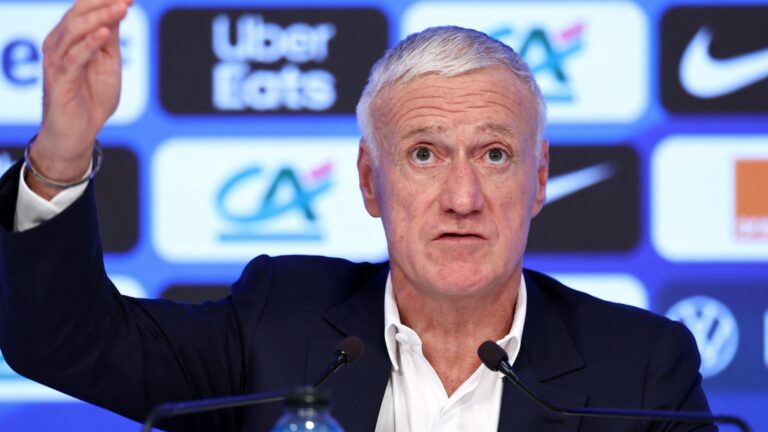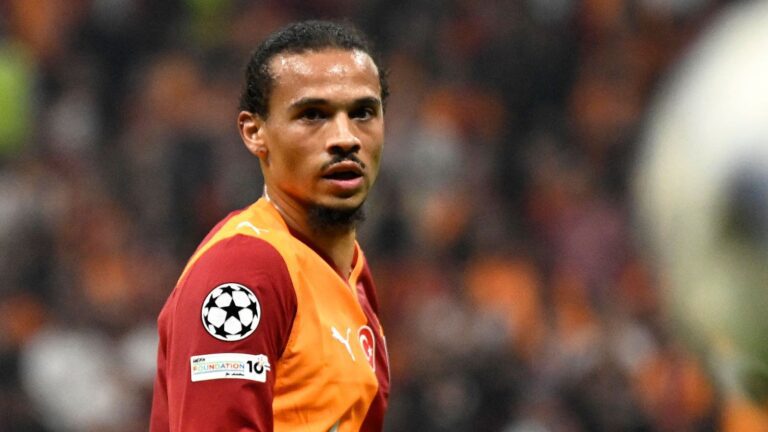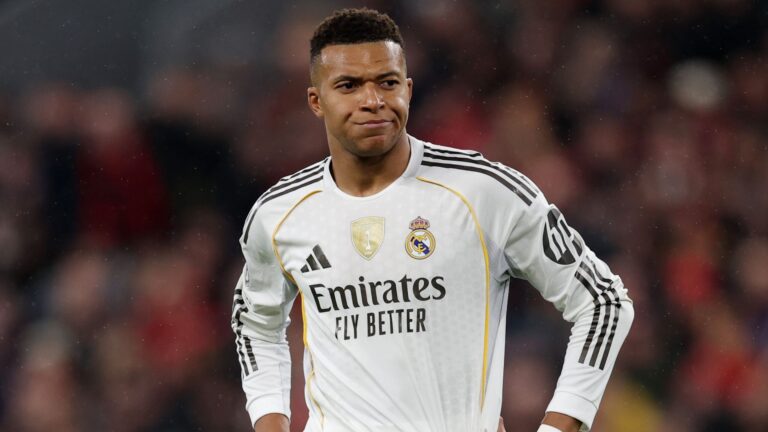David Alaba’s Comeback: Reinforcing Real Madrid’s Defensive Line
David Alaba‘s potential return marks a pivotal moment for Real Madrid, offering much-needed stability in defense amid ongoing injury challenges. Based on insights from AS, the seasoned defender has resumed full team drills and could feature in the next clash with Vallecano, signaling a brighter outlook for the squad.
David Alaba’s Recovery Journey and Its Impact on Real Madrid
At 33, Alaba’s reintegration into training sessions comes as a welcome relief for the Real Madrid coaching staff, who have grappled with a spate of defensive setbacks. His full engagement in Friday’s workouts at Valdebebas points to a promising rehab, with expectations that he’ll clear Saturday’s checks and join the lineup for the Vallecas showdown.
This development addresses a gaping hole in the team’s backline, where multiple absences have strained resources. Key figures like right-back Carvajal, center-back Rudiger, and defensive midfielder Tchouameni remain out, exacerbating the defensive vulnerabilities that have plagued recent performances.
Current Injury Woes Affecting the Squad
The defensive lineup has been hit hard, with Tchouameni sidelined due to a left leg muscle strain and not slated to return until after the international window, possibly for the Elche fixture on November 23. Additionally, young talent Franco Mastantuono is still unavailable, leaving the team with limited options in crucial areas.
How Alaba’s Absence Shaped Recent Strategies
Alaba’s layoff began after a right calf strain during the first half of the October 19 league game against Getafe, keeping him out of the last four matches. This forced the manager to improvise, pairing Eder Militao with newcomer Dean Huijsen at the center. However, Huijsen’s subsequent unavailability for the Juventus Champions League tie underscored the fragility of these temporary fixes.
Alaba’s Role and Challenges in the 2025-26 Season
Throughout this campaign, Alaba’s influence has been curtailed by persistent fitness issues, limiting his contributions to just four appearances and 145 minutes on the pitch. His sporadic involvement included substitute stints against Real Sociedad and Levante in domestic play, plus a starting spot in the Champions League’s early rounds in Almaty.
With his contract set to end in 2026, Alaba’s return is essential for both immediate team needs and his own bid to reclaim a central defensive position, ensuring he remains a key asset in Madrid’s setup.
Upcoming Opportunities for Alaba
If he sails through his final fitness evaluation on Saturday, Alaba could see action in Sunday’s La Liga match at Vallecas. Beyond that, his attention will pivot to national duties, where he’s been selected for Austria’s squad under Ralf Rangnick.
Austria’s World Cup Qualification Push
Austria stands on the brink of World Cup qualification, a feat unseen since 1998 in France, and Alaba’s experience will be invaluable. The team faces critical games against Cyprus on November 15 and Bosnia-Herzegovina shortly after, with his leadership potentially guiding them to this historic milestone.



David Alaba’s Injury and Recovery Journey
When it comes to top-tier football players like David Alaba, setbacks such as a muscle injury can really throw a wrench in the works, but his story is one of resilience and determination. Alaba, the versatile Real Madrid defender, has been sidelined for several weeks due to a nagging muscle injury that kept him out of key matches. This type of injury is all too common in high-intensity sports like football, where players push their bodies to the limit. According to recent updates from reliable sources like UEFA and Real Madrid’s medical team, Alaba has made significant progress in his rehabilitation, paving the way for an anticipated comeback.
Muscle injuries in football often involve strains or tears in the muscle fibers, typically in the hamstrings, calves, or quadriceps. In Alaba’s case, experts believe it was a hamstring issue that flared up during a training session earlier this year. Recovery from a muscle injury requires a multi-faceted approach, including rest, physical therapy, and gradual strength building. Alaba’s team at Real Madrid has emphasized the importance of personalized rehab programs, which have included low-impact exercises, physiotherapy sessions, and even mental health support to keep him motivated.
- Key stages of Alaba’s recovery process:
- Initial rest and diagnosis to assess the extent of the muscle damage.
- Physical therapy focusing on strengthening the affected area while maintaining overall fitness.
- Gradual return to team training, monitored closely by coaches and medical staff.
- Nutritional adjustments, such as increasing protein intake, to aid muscle repair.
What makes Alaba’s recovery so inspiring is his proactive mindset. He’s been sharing glimpses of his rehab on social media, showing fans how he’s incorporating yoga and Pilates into his routine-techniques that have helped other athletes recover from similar football injuries faster.
The Impact of Alaba’s Absence on Real Madrid
Real Madrid’s squad has felt the sting of David Alaba’s muscle injury, especially in defensive setups where his versatility is unmatched. As one of the team’s key players, Alaba’s ability to play as a center-back, left-back, or even in midfield has been crucial for maintaining that famous balance in Carlo Ancelotti’s tactics. Without him, the team has had to rely on players like Antonio Rüdiger and Nacho Fernandez to fill the gaps, which has exposed some vulnerabilities in recent La Liga and Champions League matches.
From an SEO perspective, if you’re searching for “Real Madrid muscle injury updates,” you’ll find that Alaba’s absence has been a hot topic among fans and analysts. It not only affects on-field performance but also team morale and strategy. For instance, during his downtime, Real Madrid conceded more goals per game compared to when Alaba was in the lineup, highlighting his defensive prowess. Football injury statistics from sources like FIFA show that teams often lose about 10-15% of their defensive stability when a star player like Alaba is out.
- How Alaba’s injury affected key games:
- In the match against Barcelona, Real Madrid’s backline struggled without his speed and positioning.
- Champions League encounters saw increased pressure, leading to tactical shifts that weren’t as effective.
- Overall squad depth: This injury has underscored the need for Real Madrid to invest in more robust injury prevention strategies for the entire team.
It’s fascinating to see how one player’s muscle injury can ripple through the entire squad, reminding us that football is as much about teamwork as individual brilliance.
Alaba’s Expected Comeback and What It Means for Real Madrid
Now that David Alaba is on the verge of a full comeback, fans are buzzing with excitement about how he’ll reintegrate into the Real Madrid lineup. Medical reports indicate that he’s passed all fitness tests and is expected to feature in upcoming fixtures, potentially as early as the next La Liga round. This is great news for a team aiming for domestic and European glory, as Alaba’s return could bolster their chances in the title race.
When recovering from a muscle injury, players like Alaba often follow a phased return plan. This includes starting with substitute appearances to build match fitness, then gradually increasing playing time. Real Madrid’s coaching staff is likely focusing on hybrid training sessions that combine Alaba’s defensive skills with light attacking drills, ensuring he doesn’t rush back and risk another setback.
- Benefits of Alaba’s comeback for Real Madrid:
- Enhanced defensive stability, reducing the risk of conceding easy goals.
- Tactical flexibility, allowing Ancelotti to experiment with formations like a 4-3-3.
- Boost in team confidence, as Alaba’s leadership on the pitch is invaluable.
- Long-term implications: His recovery could set a positive precedent for how Real Madrid handles football injury rehabilitation moving forward.
If you’re a fan keeping up with “David Alaba Real Madrid updates,” this comeback is a testament to modern sports science, including advanced techniques like cryotherapy and personalized strength training that have sped up his recovery.
Tips for Preventing Muscle Injuries in Football Players
While we focus on David Alaba’s story, it’s worth diving into some practical advice for preventing muscle injuries in football. These tips aren’t just for pros like Alaba but can help anyone involved in the sport, from amateur players to weekend warriors.
Proper warm-up routines are non-negotiable. Experts recommend dynamic stretches that mimic game movements to prepare muscles for the demands of football. Additionally, maintaining a balanced training schedule that includes rest days can prevent overuse injuries, which are common in high-stakes environments like Real Madrid’s.
- Effective prevention strategies:
- Strength and conditioning: Incorporate exercises like squats and lunges to build muscle resilience.
- Nutrition and hydration: Ensure adequate intake of electrolytes and anti-inflammatory foods to support muscle health.
- Monitoring workload: Use wearable tech to track fatigue and adjust training intensity.
- Recovery techniques: Regular massages and foam rolling can help, as they’ve done for Alaba.
By adopting these habits, players can minimize the chances of a muscle injury derailing their season, just like it did for Alaba. It’s all about staying proactive and listening to your body.
Alaba’s Career Highlights and Future Prospects
Looking back at David Alaba’s career, it’s clear why his comeback is such a big deal. The Austrian international has been a cornerstone for Real Madrid since joining from Bayern Munich, bringing a wealth of experience from winning multiple Bundesliga titles and the Champions League. His ability to adapt to various positions has made him a fan favorite, and his stats-over 400 club appearances and numerous international caps-speak for themselves.
In terms of future prospects, Alaba’s full recovery could see him playing a pivotal role in Real Madrid’s pursuit of silverware. Analysts predict that with his return, the team might see a resurgence in form, especially in high-pressure games. Plus, learning from this muscle injury experience, Alaba could emerge even stronger, potentially extending his peak years in professional football.


